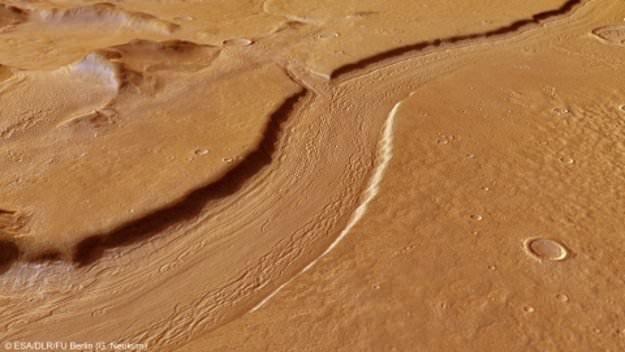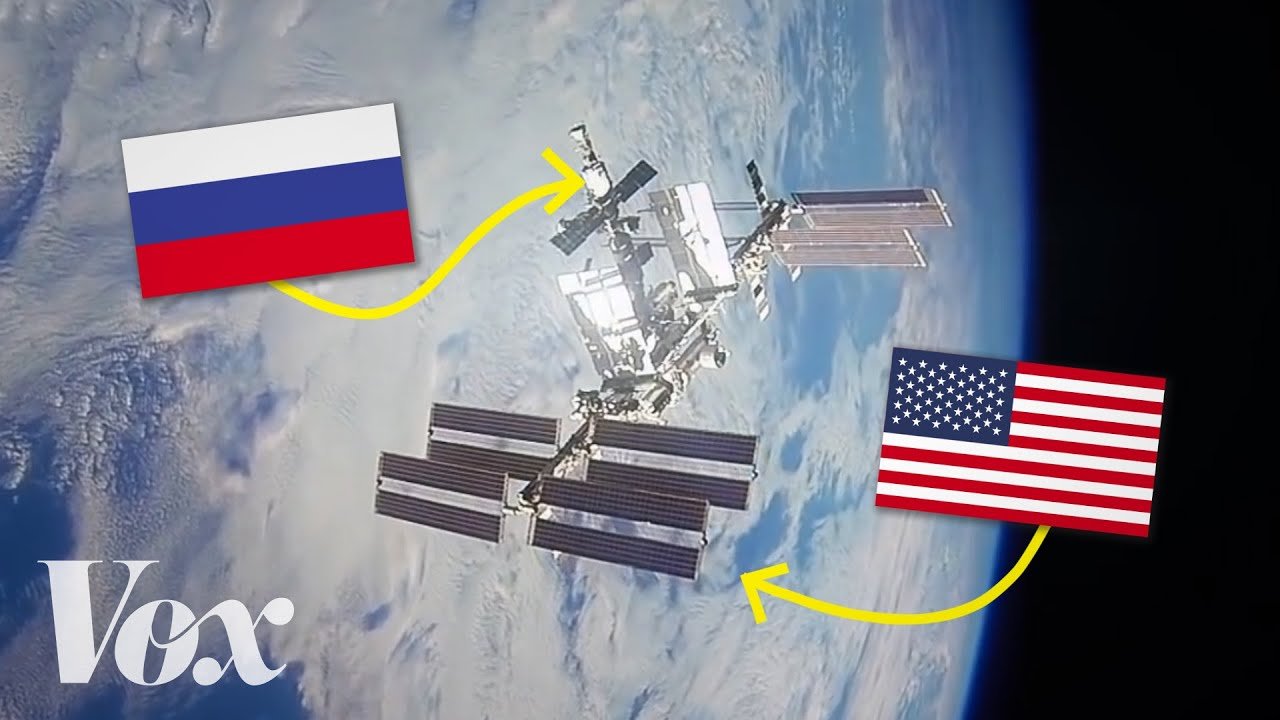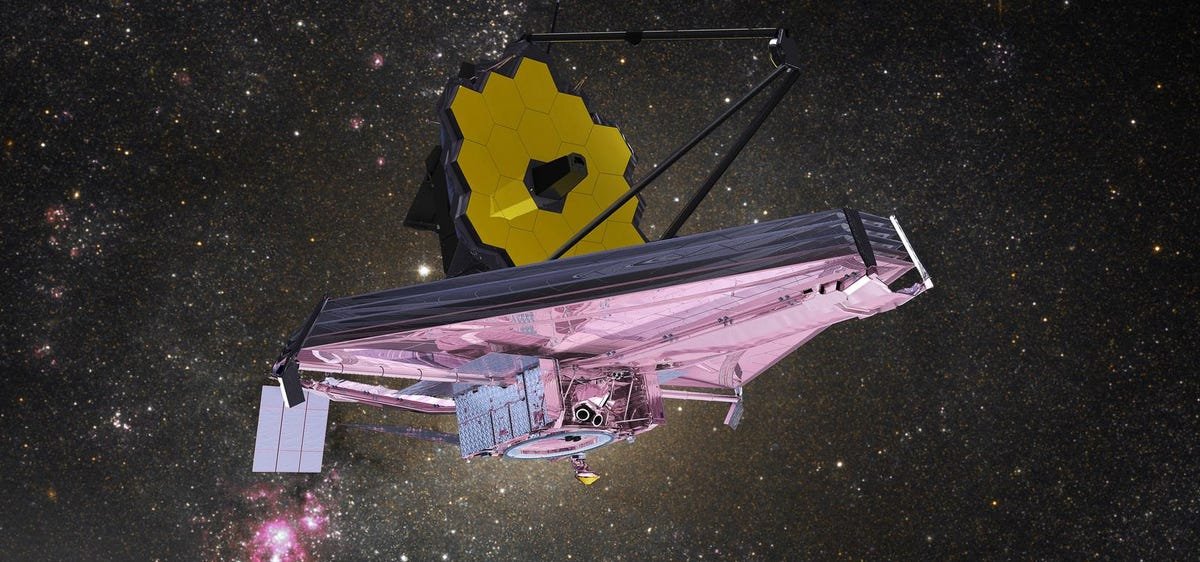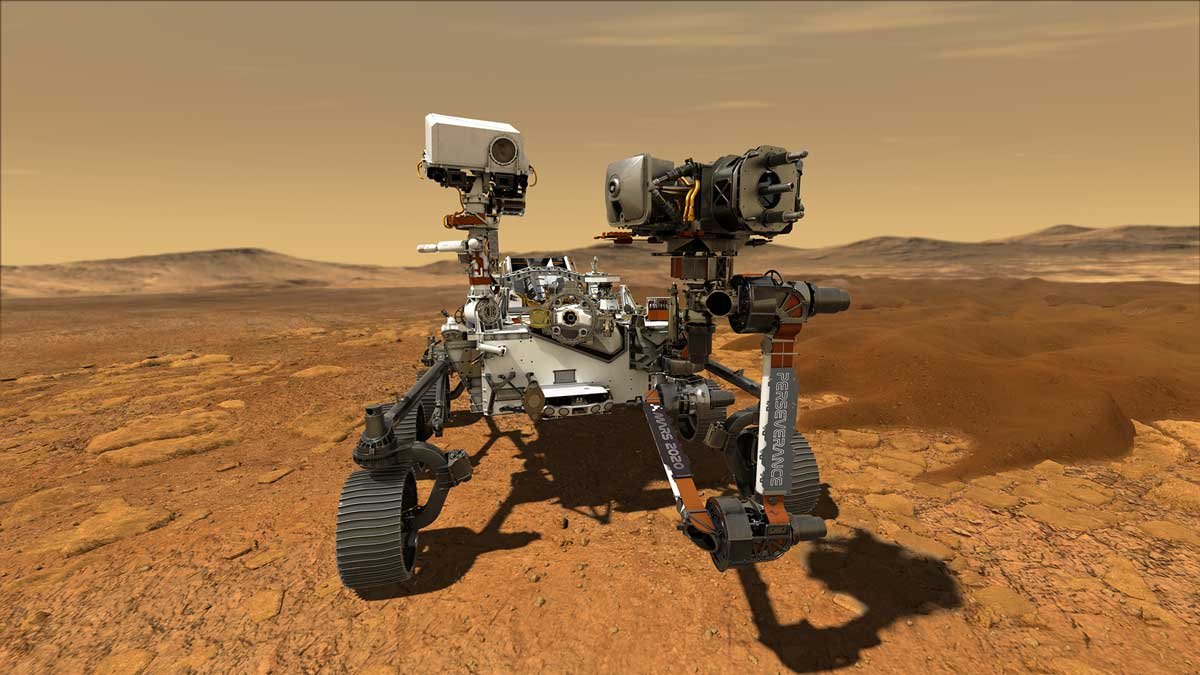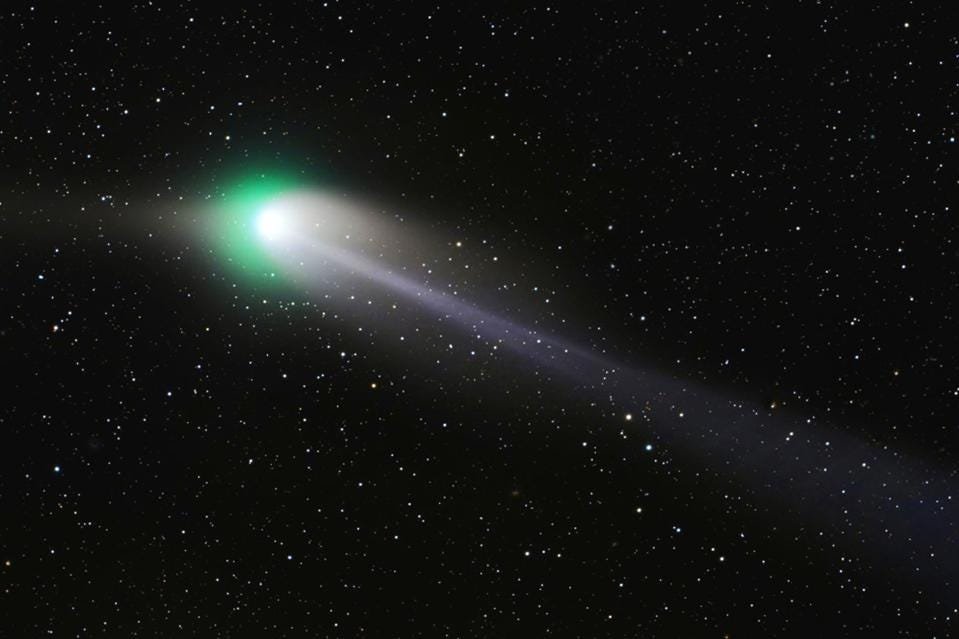Space is full of dangers, theirs is no denying the risk, from solar flares to exploding rockets the list is endless. And when we send humans up into space, we tend to get nervous about what could go wrong. And with so many dangers it's very hard to tell what might be the next really bad incident, but one of the last things that someone would hear is that an astronaut would almost drown in space. It seems impossible, space is dry and doesn’t have any water source but that would be proved wrong when in July of 2013 an astronaut almost drowned 350 above any large water source.
Luca Parmitano was born in 1976, in Italy, we spent most of his early life in the ‘dawning age’ of the European Space Agency (ESA.) It used to be that only America and Russia could launch people into space and if you were in a different country then you were out of luck. But in the 1980s NASA offered international groups of people onboard the space shuttle. At first, Luca wasn’t hooked into the space program, so he joined the air force and started moving up the ranks, then in 2007 he was selected to be a test pilot and finally in 2009 he was selected to be an astronaut. After two years of waiting he was selected in 2011 to fly onboard a Soyuz spacecraft to the International Space Station, he was also offered to perform 2 EVAs or spacewalks. Luca wasn’t going to turn that opportunity down, so he accepted the offer.
In May 2013, he finally got his chance to go into space, and after a couple of rocket engine start-ups and cut-offs he reached space. His craft docked with the ISS a short while later, with him and his two crewmates. Parmitano first two months in space were exciting but mainly uneventful.
On July 9, Parmitano peered his head out of the ISS for the first time. In doing so he became the first Italian to walk in space. He and American astronaut Chris Cassidy installed power cables outside of the Quest airlock. In all, the spacewalk was a huge success. However, after the spacewalk, when Parmitano got inside and removed his helmet, he noticed some water droplets that floated out.
For the people who don’t know this water is very Adhesive or in other words its very sticky.
On Earth if we get water in our faces, then it’s no big deal thanks to gravity. Gravity pulls the water down off our face. But in space water is a deadly weapon, there's no gravity to pull the water down off our faces, meaning that it will stick to anything and it's extremely hard to pull it off. And if you're doing a space walk and water starts leaking into your helmet, then it floats up into your nose causing you to choke. So it's a pretty big deal in space when a basic water gun becomes a deadly weapon.
However this much water didn’t seem that deadly, it was probably some leaky water in the space suits drinking pouch, which is used if an astronaut gets thirsty while doing a several hour spacewalk. But NASA engineers had designed the drinking pouch to not have enough water to drown an astronaut. The problem was not seen as a big deal, and mission control came up with a simple solution, if the pouch was a little leaky then Parmitano should just drink all of his water at the beginning of his next spacewalk.
Parmitano’s next spacewalk was on July 16, started out flawless, he and Cassidy once again started working away at the ISS’s tricky electrical system. However just an hour into the spacewalk something strange started to happen. Parmitano noticed some water was leaking out again. He reported the news to mission control, when mission control asked him how much water was inside his helmet, he claimed not to know. But soon he said that the water was still coming.
And Parmitano was in big trouble, water droplets filled up in his nose and eyes causing him to have troubling seeing, he was able to shake the droplets loose where they floated to the top of his helmet. But just as he got rid of one round of droplets another round came in and once again blinded him.
Chris Cassidy was done with watching his friend suffering from the sidelines, he was after the only person in space that could help him. So he asked mission control that the spacewalk would be aborted; he was not going to lose his friend today. Down in Houston, mission control thought about the request sent by Cassidy, their decision was quick, Parmitano was in deep trouble, he would need to get back inside the space station, as quickly as possible.
Mission control terminated the spacewalk less than an hour and half into the spacewalk. And with that Parmitano started towards the hatch of the ISS, Cassidy followed closely behind. But then something terrible happened, the ISS went dark. The space station was now orbiting the part of the Earth that was at night, wouldn’t come back towards the sunny side of Earth in about an hour. Parmitano was now having trouble hearing with water working its way into his ears, and static hissed on his microphone.
In mission control confusion, it didn’t make sense, the water pouch didn’t have this much water. But then mission control realized something that gave them the shrivers, it would have to be the water that kept the inside the space suit cool.
That did have enough water to drown Parmitano
But it seemed like Parmitano would make it after all, he reached the airlock of the ISS. As Parmitano was pulling on the airlock to open it, he accidentally pulled too hard, the door flung open and he was thrown upside down. Coughing and choking from the water, but he managed to straighten himself and throw himself into the space station. However Parmitano was not out of danger yet, the airlock needed to fully pressurize itself before he could take his helmet off. And that unfortunately took time, after almost an hour and a half the air lock fully pressurized. By then Parmitano was having trouble seeing and hearing, so the onboard crew rushed to his aid. They carefully removed his helmet, and as they did, water droplets flew out everywhere. But in the end Parmitano was okay, and he safely returned to Earth on November 11, 2013.
However, this was a very close call and everyone who worked at NASA agreed that they had to make things safer for the better. If an event like this happened again then people might not be as lucky. To make matters worse space suits are reused many different times before they are thrown away. As a precaution all suits were then equipped with a snorkel device that had emergency air if the event were to happen again. And believe it or not it did. On 15 January 2016, American astronaut Timothy Kopra experienced a water leak in the same spacesuit that had almost claimed the life of Parmitano. Kopra was able to safely return into the ISS without incident, but it was proven that the space suit was not worthy for astronauts and was thrown out.
Parmitano would return to the space station in July of 2019, and would return in early 2020.


